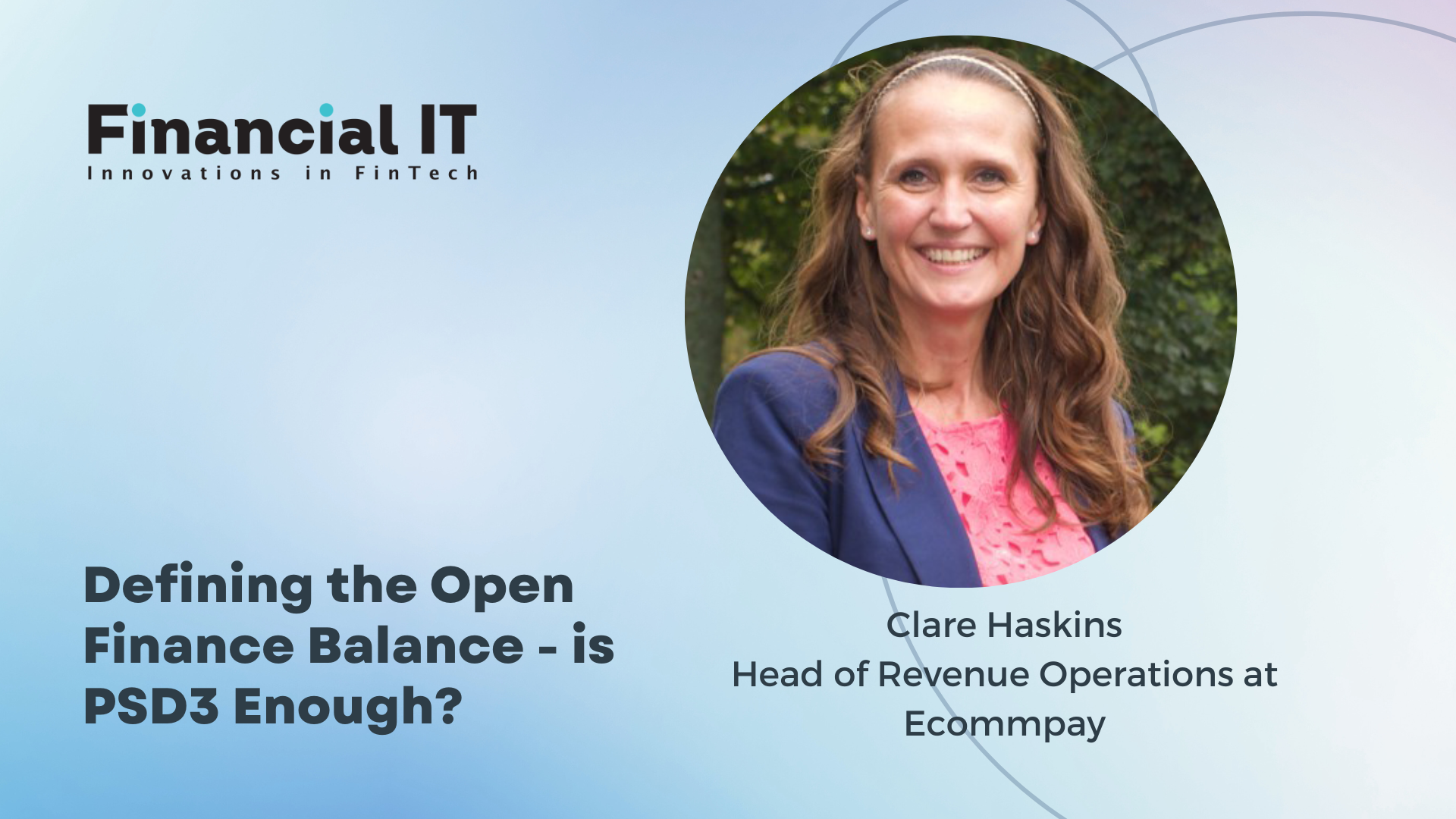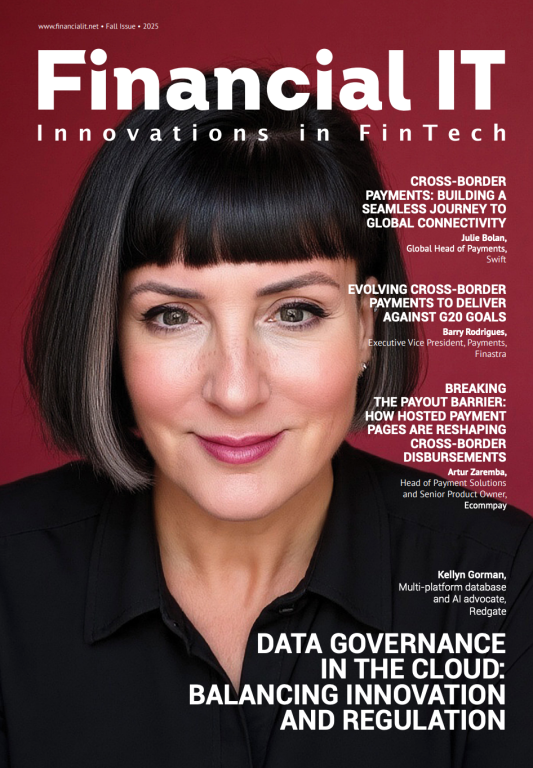Defining the Open Finance Balance - is PSD3 Enough?

- Clare Haskins, Head of Revenue Operations at Ecommpay
- 15.08.2023 06:30 am #openfinance
With the global transaction value of digital payments expected to hit US$9.46 trillion for the first time this year, the latest version of the regulation that governs all digital payments and open finance in Europe has been announced. Payment Service Directive 3 (PSD3) will replace PSD2 as the European Commission works to advance Europe’s open finance journey.
As part of the PSD3 framework, the successful execution and implementation of updated open banking and open finance practices across Europe will be critical in addressing the limitations of previous regulation. The goal is to establish a better open finance system that shows Europe is ready for advances in this field
So, how will PSD3 do this?
To put it simply, PSD3 will seek to elevate the European Economic Area (EEA) to match the progress in open banking and other open data experiences across the world. It will do this by reinforcing and expanding upon the core Trust Framework model, which enables participants access to data and payments based on their regulated identity and specific authorised permission(s).
One critical aspect of PSD3, is that it will address the original objection from banks for commercial viability, as those data providers in open finance will now have the ability to charge for their premium services. The mandate under PSD2 for free access to accounts created resistance among banks due to the financial impact it had on their operations. By introducing open finance with the provision for charging for access to services, PSD3 seeks to restore a sense of balance and fairness, encouraging greater cooperation and participation from financial institutions in an open ecosystem.
Digital payments have in recent times experienced remarkable growth in value with no sign of stopping, with total transaction value in the market projected to reach $14.78tn by 2027. While the pandemic certainly played a role, this surge was already underway due to the widespread adoption of mobile devices that offer convenient digital experiences on the go. In fact, in 2022, mobile wallets accounted for roughly half of global e-commerce payment transactions. Consumers now have the flexibility to engage with financial services wherever and whenever they wish, especially as open finance becomes more widely adopted.
Realising the potential of open finance
The introduction of open finance promises even greater accessibility to a wider array of financial products and services, including mortgages, pensions, and insurance, presenting an opportunity to enhance the overall user experience for consumers.
It also serves as a positive catalyst for increased user adoption and diminished resistance from data providers, such as banks, in supporting an open ecosystem - offering several benefits, including:
Enriched User Experiences: Open finance enables faster and more convenient use, reducing friction in financial processes, and improving overall accuracy and data quality for decision-making.
Reduced Risk Exposure: Financial institutions benefit from improved risk management with enhanced data quality and accuracy lowering exposure.
Enhanced Value for All Stakeholders: From consumers to data providers and recipients, open finance facilitates higher-quality and more valuable interactions for all involved parties.
To realise the full potential of open finance, a robust governance and control model for third-party providers (TPPs) or data recipients is crucial. Banks and financial institutions must undergo significant changes to their existing infrastructure and standardise their processes to deliver the seamless, efficient, and secure experience that customers demand in this environment.
What does the future hold?
While PSD3 represents a significant advancement for Europe's open banking journey, it remains to be seen if it will be enough to bring the region on par with the rest of the world in terms of open banking progress. Undoubtedly, PSD3's emphasis on building upon the Trust Framework model and addressing the shortcomings of its predecessor is a positive step towards creating a more seamless and efficient open finance ecosystem. However, the success of PSD3 will depend on its consistent and effective implementation across all European countries, which will inevitably take some time. In 2021, Ecommpay’s survey of 1002 UK consumers found that only 14% of consumers that were asked understood open banking. At the time of the study, there were around 4 million open banking users in the UK, but as of January 2023 there are now over 7 millions users, showing that adoption of open services is continuing, albeit somewhat slowly.
The global landscape of open banking is constantly evolving, with various regions pushing the boundaries of innovation and integration. To truly catch up to the rest of the world, Europe must stay at the forefront of emerging technologies, foster collaboration between financial institutions and fintech firms, and continuously update regulatory frameworks to adapt to changing market dynamics. Only by fostering an environment of continuous improvement and innovation can Europe hope to close the gap and become a leading force in the global open banking landscape.





















